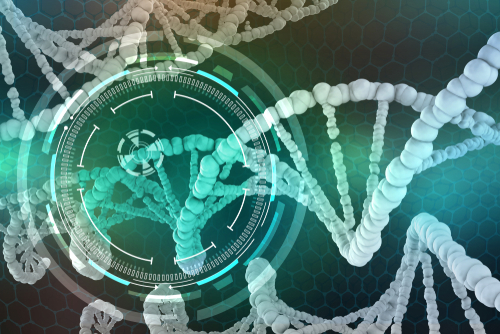Common Gene Variants Not Found in Maltese ALS Patients

Maltese people with amyotrophic lateral sclerosis (ALS) do not exhibit mutations in the genes commonly associated with the condition, a study found. Instead, their disease-causing mutations are found in genes rarely associated with the condition in Europeans.
The study, “Genetic analysis of ALS cases in the isolated island population of Malta,” was published in the European Journal of Human Genetics.
When there is a clear family history, ALS is classified as familial; other cases are considered sporadic. Although the rate of familial ALS cases is thought to be about 5–10%, studies have suggested about 40% of ALS is inherited.
So far, more than 40 genes have been reported to cause familial ALS, with more than half of cases explained by a small group of genes including C9orf72 (23%), SOD1 (19%), TARDBP (3%), and FUS (3%). Sporadic cases also have been linked to specific genes, such as ATXN2, UNC13A, SARM1, C21orf2, SCFD1, and MOBP.
Ongoing genetic analyses can lead to the discovery of new genes and molecular mechanisms that underlie ALS, supporting the continued development of gene-specific treatments.
Studying people who live in geographically isolated populations is a common method to find genes associated with diseases, as there is reduced genetic diversity and minimal variations in the environment.
Malta is a small sovereign state in the middle of the Mediterranean Sea with a population just over 500,000 people. The inhabitants originally emigrated from the neighboring island of Sicily in Italy about 7,000 years ago, with very little influence by immigration since then.
Recently, the University of Malta started a national ALS Registry and Biobank to identify people with ALS and collect blood samples as well as demographic and lifestyle information.
Now, in collaborating with scientists at the University Medical Centre (UMC) Utrecht, in The Netherlands, investigators analyzed the incidence (new cases over a period of time) and prevalence (established cases at one time) of ALS in the Maltese islands. They also performed a genetic survey looking for either known or novel genetic mutations (variants) associated with the condition.
The study included 24 people with ALS (16 men, eight women) with a mean age at enrollment of 63.5 years, who had been living with the disorder for 44.5 months (almost four years) on average.
Of these, 21 (87.5%) were classified as sporadic cases, whereas three (12.5%) had familial ALS. Also included were 13 age- and sex-matched healthy control participants from the local population.
The annual ALS incidence rate in the 2017–2018 period was 2.48 per 100,000 person-years, with the rate in men almost doubling that seen in women. The higher incidence rate for men occurred in all age groups after 49 years. Of note, person years is a type of measurement that takes into account both the number of people in a study and the amount of time each person spends in the study.
The incidence increased with age for both men and women, then declined after 79 years of age, with peaks occurring between 50 and 59 years of age in men and 70 to 79 years among women.
A total of 17 patients were still living in Dec. 31, 2018, amounting to a prevalence rate of 3.44 per 100,000 person-years. Again, the prevalence in men was three times higher than in women.
An ancestry analysis showed overlap with a portion of the Middle Eastern and European markers. A genetic similarity with Middle East populations also is found in Sicilians, “supporting a common genetic ancestry for populations inhabiting the Mediterranean islands of Malta and Sicily,” the researchers said.
No mutations in the C9orf72 gene, the “major gene that is mutated in the European ALS population,” were identified in either familial or sporadic cases. The Maltese group also had no variants in the other most commonly mutated ALS-associated genes, including SOD1, TARDBP, or FUS.
An examination of 58 ALS-linked genes identified 35 rare gene variants in Maltese ALS patients, which were absent in controls such as the DDX20, EWSR1, and GLE1 genes. Variants predicted to be damaging were found only in sporadic cases and included the genes ALS2, DAO, DCTN1, ERBB4, SCFD1, and SPG11. A rare mutation in which part of the SETX gene is missing was detected in one late-onset sporadic case.
The genetic risk for ALS in the Maltese population with damaging variants in at least one ALS-associated gene was 40%. In two familial cases, no mutations were found in known ALS genes.
“The genetic architecture of ALS in Malta appears to be different from the European average underscoring genetic isolation imposed by geography,” the investigators concluded. “This combined with the lack of an identified genetic factor in two-thirds of Maltese [familial ALS] cases, encourages further studies aimed at discovering novel ALS genes.”
“The DNA results caught us by surprise,” Ruben J. Cauchi, PhD, study lead author, said in a press release. “The most frequently mutated ALS genes were flawless in Maltese patients. Our results underscore the unique genetics of the Maltese population, shaped by centuries of relative isolation.”
“We also established that genetic factors play a significant role in causing ALS in Malta,” he added.






